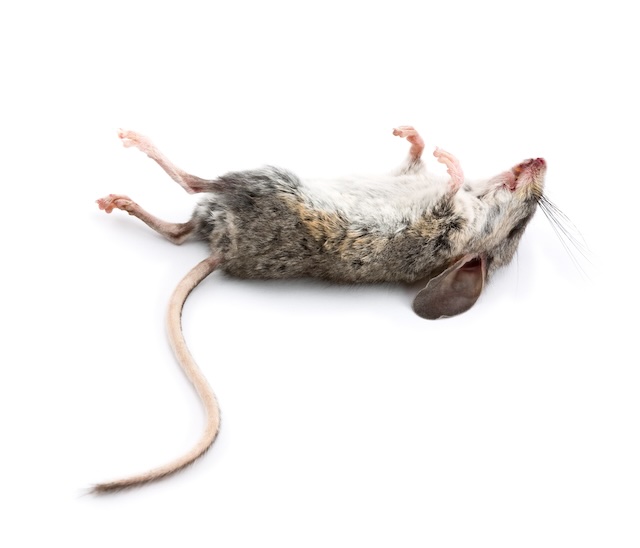Tiny burglars often get in without being seen in the quiet parts of our homes. Among these, house mice are common but sneaky residents that can do a lot of damage. Finding a mouse problem early is very important if you want to stop them from spreading and causing health problems. Keep an eye out for mice and know how to tell when an unwanted rat is present with this complete guide.
1. Drops:Droppings from mice are a sure sign that they are nearby. Most of the time, you can find these small, dark pellets along walls, in cabinets, or near food. Droppings that are new are dark and wet, while droppings that are old are dry and crumbly. Regularly checking possible hiding places for these droppings is a good way to find them early.
2. Marks on the jaw:Mice need to chew all the time to keep their teeth in good shape. Gnaw marks on wires, furniture, and even food packaging are clear signs that they have been there. If you find damage to things in your home that you can’t explain, it might be time to check for mice.
3. Things you need to build a nest:Mice use things that are easy to get, like paper, fabric, and insulation, to make their houses. Finding torn or oddly arranged items in hidden places like attics or basements is a sign of possible nesting sites. Check these places often for evidence of mouse behaviour.
4. Clues From Hearing:It’s not always true that mice are quiet. It’s best to listen for faint sounds of scratching or rustling at night, when they are most busy. The noises could be coming from the ceiling, the walls, or behind big machines. If you hear any strange sounds, you should look into them further.
5. The smell of urine:The smell of mouse pee is very strong and musty. For those who notice an odd smell in small areas or a musty smell, it could mean that mice are living there. Pay extra attention to places like kitchens and cupboards where you think mice might be active.
6. There are footprints and smudges:Mice leave smudges and footprints on things they like to use. These tiny prints can be seen in dusty or lightly powdered tracking areas. Look into places you think mice might be going, paying special attention to places near food sources.
7. Pets Behaving in Weird Ways:Pets, especially cats and dogs, are often very good at figuring out when mice are around. If your pet becomes very interested in a certain area or does things like pawing or sniffing very hard, it could be a sign that someone is in the house without you knowing it.
8. Food That’s Going Bad:Mice are smart hunters, and you can often tell they’re around by finding food that has been partly eaten or chewed. Check your pantry for signs of contamination or broken packing. Keep food in containers that don’t let air in so that mice don’t get to it.
9. Sightings with the eyes:Residents may sometimes see a mouse running across the floor or along the walls. Even though seeing them isn’t common, it’s a clear sign that there is a big invasion. Take quick action to solve the problem before it gets worse.
10. The Professional Inspection:If you have doubts or the signs aren’t obvious, you might want to hire a skilled pest control service. Inspectors with a lot of experience can do thorough checks, find entry spots, and offer effective solutions that are specific to your home’s needs.
The best way to keep your home free of pests is to always be on the lookout for mice. By learning these signs and taking action right away if you see any signs of mouse activity, you can lower the risks that come with having an infestation. When pests are found early, homeowners can take action, such as sealing off entry spots and using effective pest control methods. If you’re careful, you’ll be able to keep your home mouse-free.
